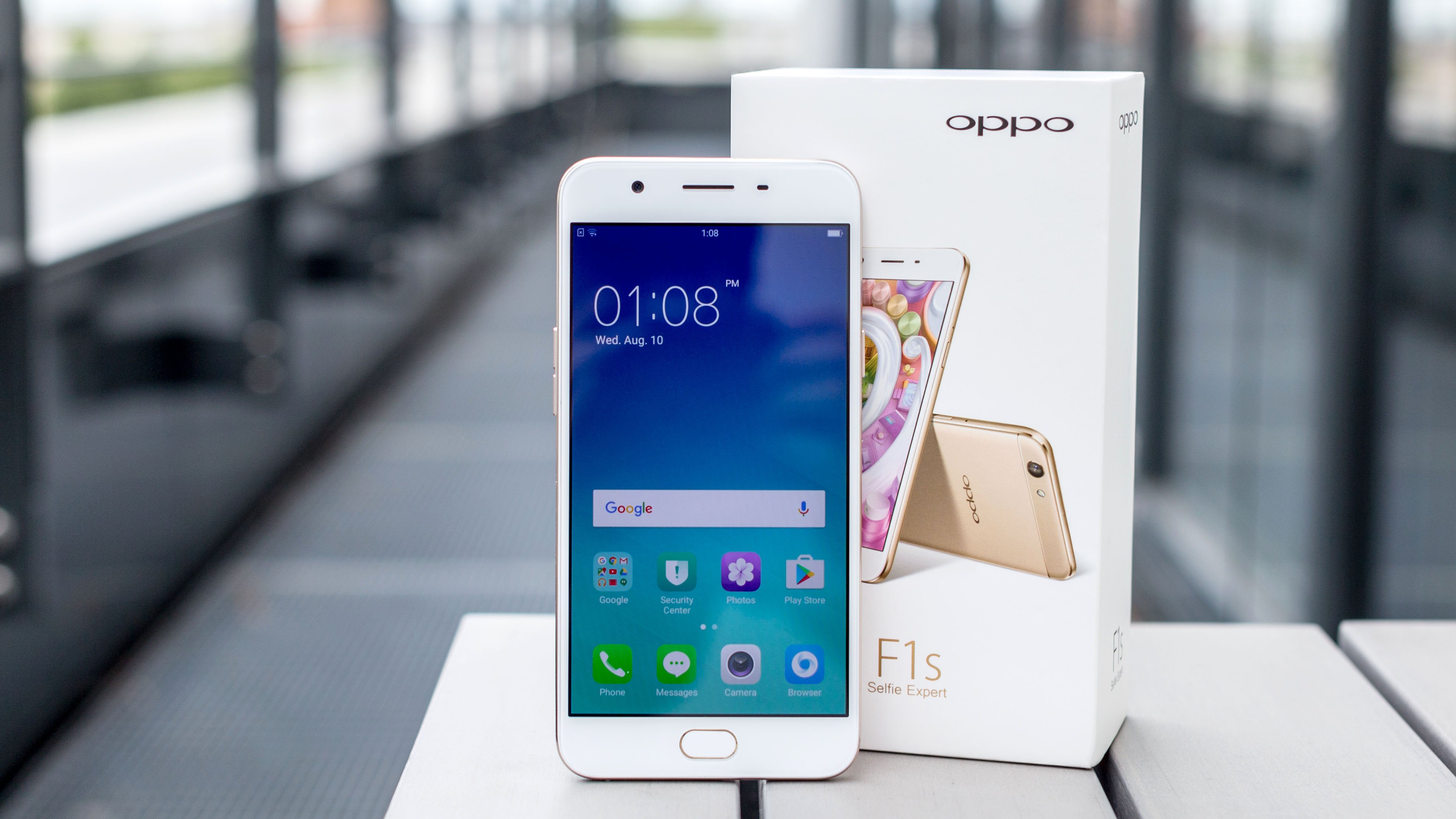South Korean smartphone giant, Samsung, retained the top spot in smartphone shipments to emerging markets in Southeast Asia last year, according to International Data Corporation (IDC).
The emerging markets in the region comprise Indonesia, Malaysia, Myanmar, the Philippines, Thailand, and Vietnam.
IDC said in a statement today that Samsung’s shipment volume rose 25.8 per cent to 29.3 million units in 2017, followed by OPPO (up 29.3 per cent to 17.2 million), Vivo (118.2 per cent higher to 7.2 million) and Huawei (up 3.8 per cent to 5.4 million).




Apple, in fifth place, was the only smartphone manufacturer in the top five spot that recorded a decline in shipment volume, in slipping 2.2 per cent to 4.5 million units from 4.6 million units in 2016.
IDC said Samsung held the largest market share at 29.1 per cent, followed by OPPO (17 per cent), Vivo (7.2 per cent), Huawei (5.4 per cent) and Apple (4.4 per cent).
Meanwhile, IDC said overall smartphone shipments in the emerging Southeast Asia region declined marginally by 0.6 per cent last year to 101.3 million units, weighed by significant reduction of vendors’ shipments in Myanmar and the Philippines.
It said several local and smaller players were losing out competitively as the top-four players continued to fortify their positions with their mix of low-end (US$100 to US$200) and mid-range (US$200 to US$400) handsets.
IDC ASEAN Senior Market Analyst (Client Devices), Jensen Ooi said apart from the growing popularity of the top-four players who had been able to hold up shipment volumes, the majority of end-users were in no rush to acquire a new handset if they had been using mid-range handsets that were of decent quality and priced considerably high for this budget- conscious region, resulting in longer lifecycles as well as replacement rates.
Going forward, he said, local vendors would continue to feel the impact this year as end-users gradually shifted their preference to more popular brands and were more willing to invest in their upgrade to larger screen mid-range smartphones.
“Most will soon be equipped with enticing features such as dual cameras, thin bezels, on-device artificial intelligence (AI) and so on.
“To stay competitive, we expect the local vendors to ship smartphones with some of these features as well and introduce devices that come with the Android Oreo ‘Go edition’, while keeping the price affordable at below US$200 to suit the budget requirements of their local target segments,” Ooi added.


















